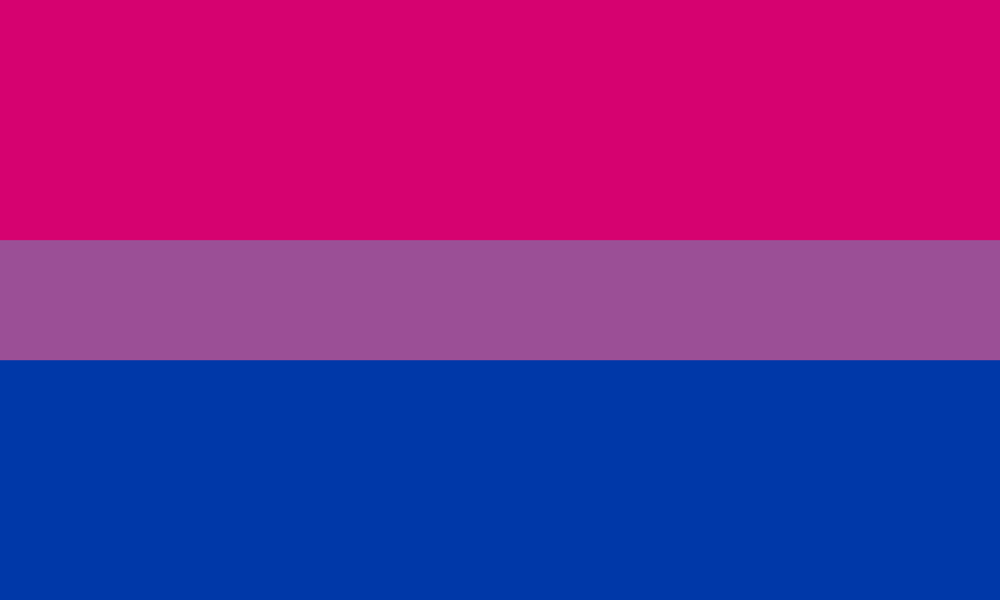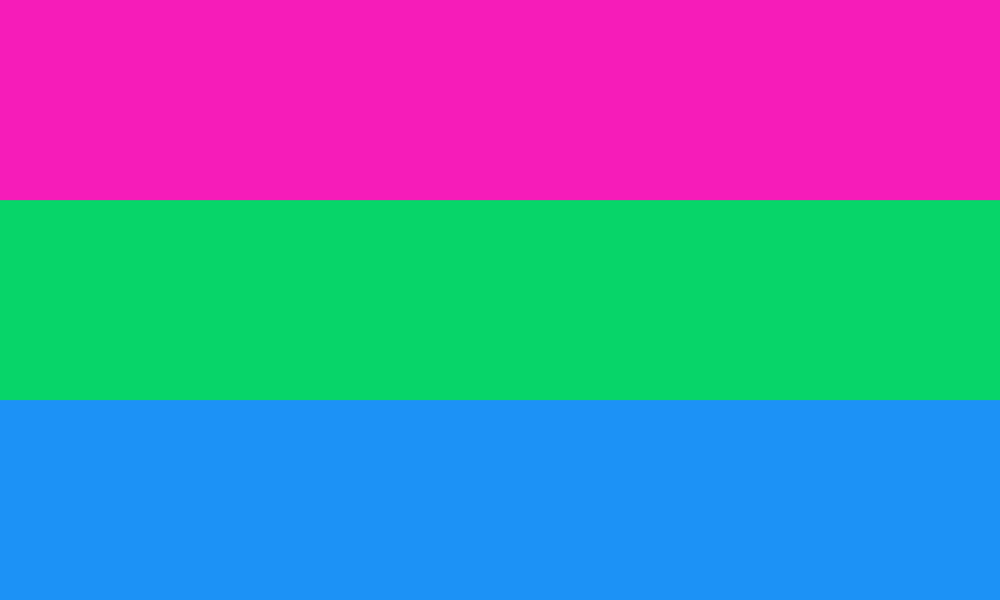
The way we use the word bisexual today is different from in the past. With the acknowledgement of genders other than male and female, bisexual means being sexually attracted to people of any two or more genders. If somebody tells you they are bisexual, it doesn’t necessarily mean they are attracted to both men and women – and it certainly isn’t meant to imply that they feel the exact same amount of attraction to each of those genders.
While our community came to be known to the public in its early days, primarily as for gay men and lesbians, we now know that bi / poly / pan people outnumber them! Many relationships are read as straight or gay because of the genders of the people in them, even when those people might actually be bisexual.
The headings on this page are bisexual, polysexual and pansexual, and most of the people who use these labels feel sexual and romantic attraction together as parts of the same attraction experience. But we also have the words biromantic, polyromantic and panromantic, for talking specifically about romantic attraction. It’s possible for example, to be asexual and panromantic.
The flag above was designed by Michael Page in 1998 with the following colours:
- Pink: attraction to people of the same gender
- Purple: attraction to two or more genders
- Blue: attraction to people of a different gender from your own
Polysexual

The flags and labels we’re talking about on this page are ways to describe our subjective experiences of orientation – of attraction. None of us chooses which of those experiences to have – only what words to call them by. We can’t just record our feelings and beam them into somebody else’s brain for them to compare with their own. The experiences are so varied from one person to another, so complex and hard to describe, that choosing words for them can be difficult and there are far more flags out there than the ones we’ve included in this website.
Polysexual is broader than bisexual but still includes a sense of gender preference. As we were saying before, the much older word bisexual has a history of being used to mean attraction to both men and women when no other genders were recognised; its newer meaning isn’t understood by everyone. So for example, somebody might describe themself as polysexual if they are attracted to more than one gender in a way where nonbinary people are especially important, or when they need a word that people won’t misunderstand as “attracted to both men and women”.
This flag is slightly newer than the pansexual one below; its colours represent the same ideas but it’s different enough to tell apart easily!
Pansexual

Pansexual is a word used by people to say that their attractions aren’t really about gender identity or gender presentation at all. It’s other things that make somebody seem attractive or unattractive to them.
This flag has been around since 2010 and its colours are said to represent:
- Pink: female
- Yellow: nonbinary and other genders
- Blue: male
Events
- Pansexual and Panromantic Awareness Day – 24 May
- Bisexual Awareness Week – the week leading up to Bi Visibility Day
- Bi Visibility Day – 23 September